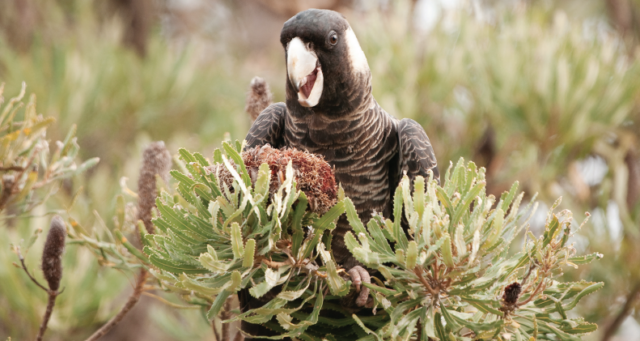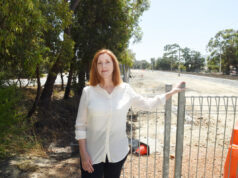An impassioned plea by a Shire of Serpentine Jarrahdale councillor has paused a plan to clear banksia woodland in Oldbury for sand mining.
At last month’s council meeting shire officers recommended councillors approve an extension to Hanson Construction Materials’ existing approval to clear 11.6 hectares of native vegetation in order to mine two million tonnes of Bassendean sand on Lot 6 Banksia Road, and Lots 300 and 301 Boomerang Road.
The vegetation is mainly banksia woodland (Banksia attenuata and Banksia menziesii) and is listed as “in a very good condition”.
Plans to mine parts of the site go back as far as 20 years ago, with local residents, the City of Kwinana and the shire objecting to proposals for a decade.
Development was finally approved in 2015 after a mediation process through the State Administrative Tribunal (SAT).
A clearing permit with a 20-year lifespan was also approved by the Department of Water and Environmental Regulation in July 2016.
As part of that permit, Hanson agreed to contribute a sum of $301,410 to DWER “for the purpose of establishing or maintaining native vegetation” and enter into a conservation covenant as an ‘offset’.
Ironically, just two months later, banksia woodlands on the Swan Coastal Plains were listed as a Threatened Ecological Community and given national protection.
DWER also granted a works approval to construct the prescribed premise, which is valid until 2026.
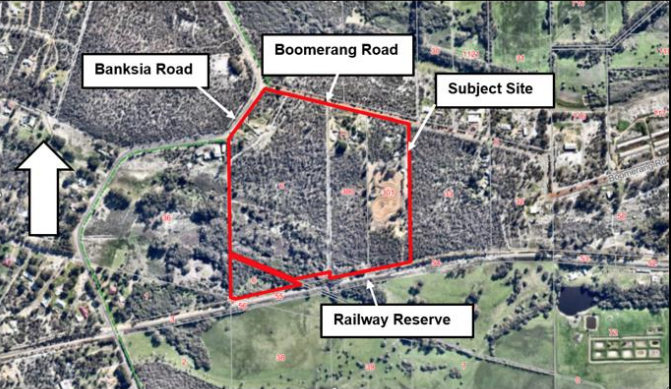
But the site at Oldbury has remained mostly untouched since Hanson was given the green light to mine it a decade ago, and the SAT approval expires in December.
Stephen Elliott, owner and general manager of Urban Resources which has been contracted by Hanson to mine the site, said the delay had been caused by “market conditions and years of COVID”.
But the shifting sands of housing supply and demand meant that was about to change.
“Demand within the shire for sand is now very high and the timing for the extraction of this resource is immediate,” he said.
“Housing development within the shire has increased substantially over the last few years, and this has fuelled a requirement for sand to complete new subdivisions, particularly west of the Mundijong township and with the continued expansions within the Byford area.”
According to REIWA data, property listings are up this month compared to an all-time low in March this year. Likewise, rental vacancy rates have more-than-tripled to 1.4 percent since their March low of 0.4 percent.
But the situation is still dire, and constraints in the building industry are meaning supply is not keeping up with the state’s strong current population growth, so economists are predicting WA’s housing crisis is set to continue for a while to come.
Councillor Reece Jerrett said as a 20-something-year-old wishing to buy his first home, he knows all too well how important local housing stock is. But clearing vital remnant banksia woodland to solve the housing crisis was unconscionable to him.
“Banksia woodland provides habitat to more than 20 nationally-listed threatened species,” he said.
“One of those threatened species that uses the woodlands on the Swan Coastal Plains is the endangered Carnaby’s Black Cockatoo – a species found nowhere else in the world – that critically relies on these shrinking woodlands to sustain its population.
“Scientists warned 20 years ago of the perils this species would be in should the clearing of these woodlands continue into the future.
“Yet here we are in 2024, with the Kaarakin Black Cockatoo Conservation Centre and Perth Zoo sounding the alarms.
“The Carnaby’s are starving across the Swan Coastal Plain. Mature and young birds are coming into these centres incredibly malnourished.
“There comes a time when we need to draw a line in the sand of clearing Threatened Ecological Communities to benefit us in the short-term. A more sustainable solution needs to be found.”
Continued clearing, and extended drought conditions which triggered many banksias to forego flowering this year, has hastened the onset of famine for the Carnaby’s, which rely on the oils and proteins from the banksias.
Last month Curtin University Professor Kingsley Dixon described the clearing of west coast banksias as a “catastrophic failure”, and said at least two million banksias were required to be planted “immediately”.
Worryingly, even if that was achieved, it would still take 14 years for those banksias to reach the point of maturity to act as a reliable foraging and habitat source.
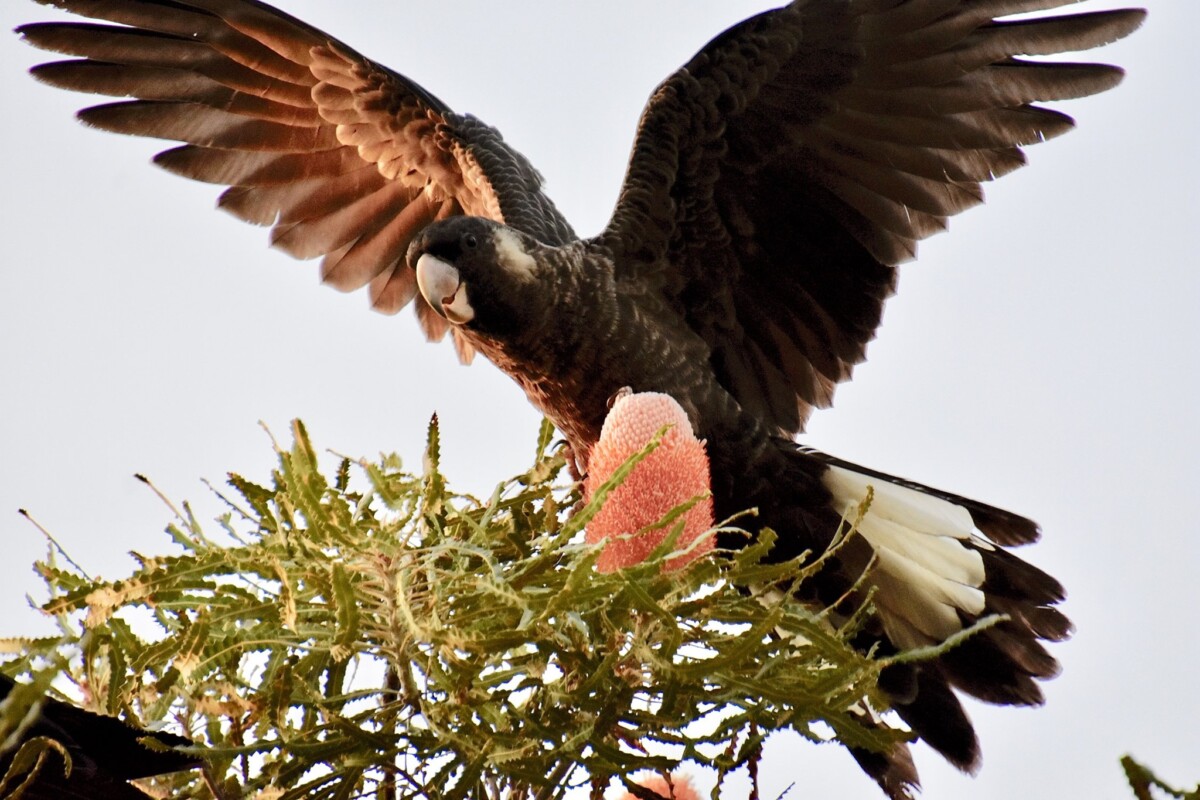
“We knew this would be bad 20 years ago, but we never thought the climate impacts would be so immediate,” he said.
“We are now taking Carnaby’s into what’s called the extinction tipping point – it’s ecological checkmate.
“We’ve made them refugees in their own land.
“They’ve been here for almost four million years on the Swan Coastal Plain. I think we can and we must do better.”
Sixteen scathing objections to the proposed sand mine extension from local residents were received by the shire, citing varied concerns including the dangers of silica dust, impacts on groundwater, and increased traffic on quiet rural roads.
But most were also vehemently opposed on grounds of environmental vandalism.
“The current proponent’s claim that they could rehabilitate the area to even a fraction of its current values is completely unfounded,” one objector said.
“My family and I have spent decades revegetating land in this area. The deep sands that they propose to mine are extremely difficult to revegetate and the diversity of the banksia woodlands is impossible to replace.
“A quick survey of the condition of other extinct sand mines in the area will provide sufficient proof. It will also be a reminder that these areas are rarely rehabilitated to any acceptable state by the extraction operators.”
On the southern edge of the site sits a Resource Enhancement Wetland with areas of Tumulus Springs – a critically endangered ecological community in Western Australia which is characterised by continuous discharge of groundwater in raised areas of peat. This area is the only known site of Tumulus Springs south of the river.
Residents are concerned that the 50-metre buffer imposed around these wetlands would prove inconsequential.
“The geology of the land 60 metres away from this area will be completely removed and the mound of Boomerang Hill be non-existent,” one objector said.
“It’s not only about preserving the wetland itself. The hills and woodlands surrounding the wetland are equally crucial.
“The wetland plays a vital role in supporting the survival of local wildlife that depend on these waterways for congregating and living. Yet, now we’re planning to clear their habitats and excavate sand to fill another wetland, all to make space for more housing.”
But The Department of Biodiversity Conservation and Attraction raised no objections, stating that a “DWER required Hydrology Management Strategy Plan will be implemented, [and] that the groundwater levels at the southern edge of the site will be monitored for the duration of the clearing and revegetation program and if groundwater trigger levels are exceeded for more than two sampling events consecutively, contingency measures will be implemented and DWER will be advised of the breaches within two weeks”.
Other local residents pointed out that the groundwater, vegetation, and weed surveys used in Hanson’s proposal are ‘outdated’.
“Hanson’s clearing of this land is admittedly going to impact the biodiversity and loss of habitat to several endangered and protected wildlife species,” one person said.
“The fact that the relative assessments completed were in 2005 (nearly 20 years ago) is alarming to say the least.”
“Hanson has used outdated data to argue that there are not many [black cockatoos] utilising these areas, whereas, due to nearby housing developments increasing, we are seeing more and more large flocks of cockatoos utilising our sites on a weekly basis,” another added.
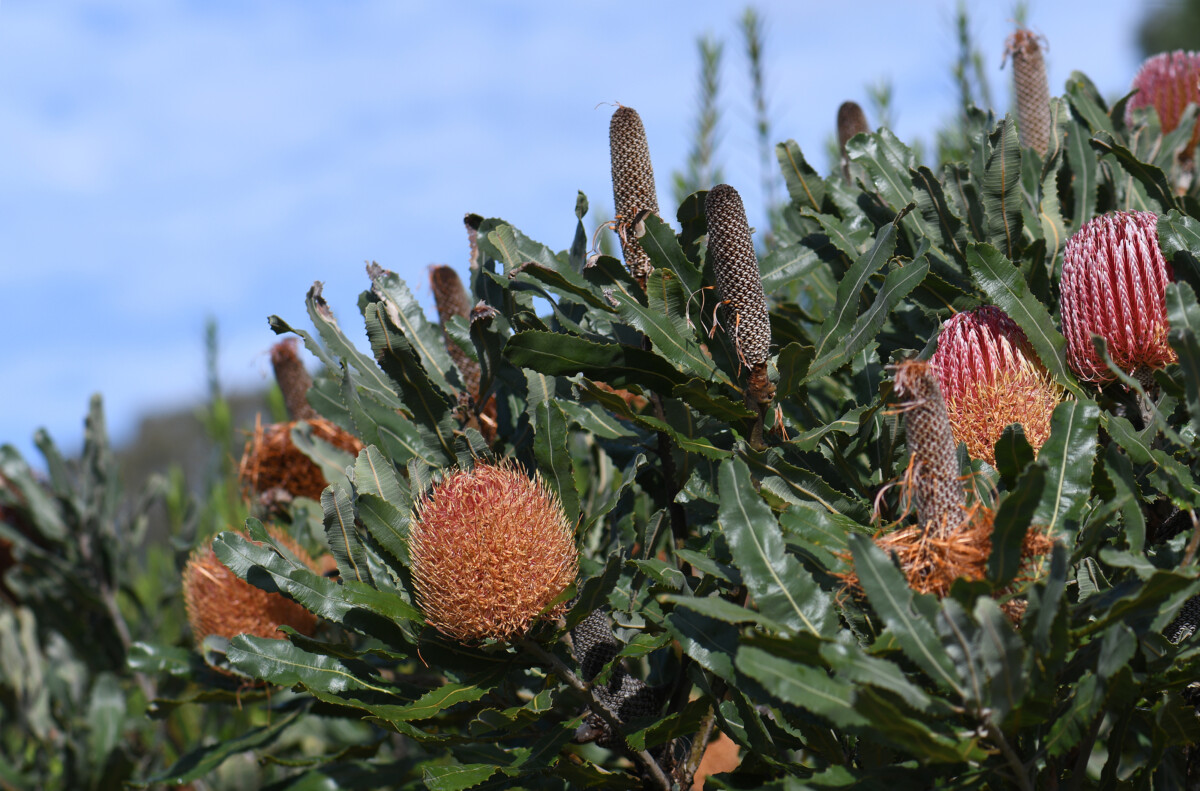
At the October council meeting, Cr Reece Jerrett put forward an alternate motion to refuse the extension on the basis of noise and dust impacts and because it “will further exacerbate the reduction of foraging habitat suitable for the successful continuation of the endangered endemic Carnaby’s Black Cockatoo”.
But Shire President Rob Coales was against refusal, stating that he had taken on board the environmental concerns, Stephen Elliott’s deputation, and DWER’s advice on the matter, and believed the regulations that are currently in place were “strict enough for this to be able to be passed”.
“I too read the report from the department, and whilst I understand the fact that the clearing permits were granted, they were granted some time ago before the status of this species was really coming to light,” Cr Reece Jerrett countered.
“I cannot support this proposal with that in mind. And I implore my fellow elected members to support the recommendation I’ve tabled today.”
And they did; all save President Coales voted to refuse the extension of Hanson’s sand mine approval.


